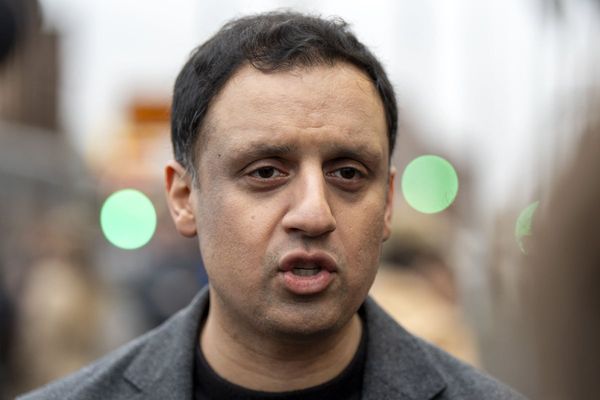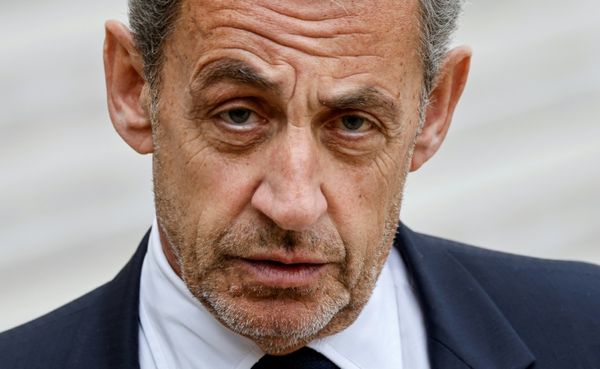
Issues favourable to Labor have dominated the political conversation over the past week, the first of Crikey’s Campaign Insights with Isentia shows, illustrating the difficult environment for Scott Morrison to start clawing back support.
During the election campaign, Isentia will be providing detailed data on media coverage of policy issues, personalities and seats, giving us an insight into the issues shaping the campaign and how key players are performing.
In the first report as we approach the calling of the election, covering March 31 to April 6, the government’s woes have been on display.
The dominant issue in the media during the week was aged care, an issue favourable to Labor and which the opposition has sought to make a key element of the campaign. It was well ahead of the cost of living, an issue that breaks both ways for the parties but which the government made the centrepiece of its budget. Wages — another Labor issue — was also prominent. Morrison’s 2007 preselection also received a high level of mentions, along with child care and climate change.
The only unequivocally positive issue for the government — its announced development of hypersonic missiles — came in thirteenth in terms of volume of mentions.
And while Morrison drew the highest volume of media mentions across internet, press, radio and television and was much higher than Anthony Albanese, Concetta Fierravanti-Wells had the fourth-highest volume of mentions, behind Josh Frydenberg. Opposition Treasurer Jim Chalmers was fifth, reflecting his role in the opposition budget response, ahead of Barnaby Joyce, whom Labor will be hoping features heavily in metropolitan media coverage during the campaign, given the high level of animosity he attracts from urban voters. Just to confirm Morrison’s woes, Catherine Cusack, the former MP who this week detailed why she could never support Morrison, was the eighth-most prominent politician in the media.
In a handful of key electorates, media coverage between candidates has shifted over the past week. Total coverage of the Northern Tasmanian seat of Bass has increased, as Morrison visited the Liberals’ most marginal electorate, and state Premier Peter Gutwein retired. The good news for the government is that floor-crossing MP Bridget Archer increased her share of coverage to a whopping 94.1%, while her Labor rival Ross Hart got just 5.2%, though much of that rise is largely attributable to ongoing commentary around Archer’s razor-thin margin.
Coverage of North Sydney, where independent Kylea Tink is mounting a strong challenge to Liberal moderate Trent Zimmerman, also increased. Much of that shift reflects the ongoing court drama surrounding Morrison intervening to save Zimmerman’s preselection. No surprise then that Zimmerman got the lion’s share of coverage (77.8%), while Tink boosted hers to 21.4%.
In key Labor-held marginals Parramatta and Eden-Monaro, there’s been a shift in media coverage towards the Liberals, as the party finally announced candidates. In the past week, Eden-Monaro challenger Jerry Nockles’ coverage surged to 69.2%, compared with 28.3% for sitting MP Kristy McBain. In Parramatta, coverage is deadlocked between Liberal Maria Kovacic and Labor’s controversial captain’s pick Andrew Charlton. Coverage of both Liberal candidates was broadly favourable, following some resolution to the NSW preselection fiasco.
In Wentworth, independent Allegra Spender saw her total coverage surge in the week of April 1 to April 7, getting 54.5% of all mentions, and overcoming Liberal MP Dave Sharma for the first time since Isentia began monitoring. But while Spender’s coverage has increased, the insights team notes much of that coverage has been negative, targeting independents for alleged connections to Labor and the Greens.
Isentia’s Emotional Pulse Index, which tracks the tone of social media, showed a continuing fall in the “Joy” indictor, which had surged during the budget — driven presumably by the handouts on offer from the government, while “Disgust” and “Sadness” indicators both rose back toward long-term levels.
While volatile, the general direction of the indicators will be fascinating to watch in coming weeks as Labor seeks to capitalise on unhappiness with the government and Scott Morrison looks to lure voters back with handouts.







